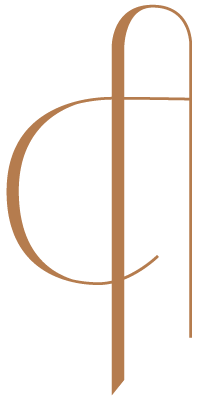Tools of a Designer
Design Boards
I’m fascinated by the ever-evolving world of presentations and how designers now have an array of powerful tools at their disposal, such as Photoshop, InDesign, and Sketchup. These tools enable us to create stunning visuals that effectively communicate design intent and direction to clients. Witnessing the impact of these technological advancements on the design industry is truly inspiring!
Drawings
I’m a bit of a nerd when it comes to CAD. The level of intricate details that can be conveyed to contractors through this powerful tool is incredible. To me, drafting is an art form. I love pushing the boundaries of this 2D program to unlock its fullest potential. Seeing my designs come to life with precision and creativity fuels my passion for CAD even more!
Materials
Textures, colors, and patterns perfectly layered together breathe life into a space. As designers, it's crucial to combine these elements to create an immersive experience for our clients—one that delights not only the eyes but also engages touch. Among the various presentation techniques, flat lays stand out as the ultimate visual tool, enabling clients to witness these elements seamlessly intertwined and envision the ambiance they'll enjoy in their future space.
Questions I am often asked
What's your favorite question to ask clients?
Where is your favorite vacation and why? What is your favorite restaurant you have ever eaten at and was it the food or the atmosphere you loved the most?
How do you decide on a color palette?
I ask my clients what colors they love and what colors they hate. If they have images of some of their favorite rooms, do they have an art piece they want to use in the room, maybe they already have elements in the space that can be used in the new design. I think this is very important for clients to be involved in the color selection of the design.
Rules you design by?
Ignore trends - if you love it you will always love it. Don’t buy something because instagram suggested it to you or a friend has it.
When working with clients on their homes it is important as the designer to remember this is their home, not yours. It is imperative that the home represents the persons who will live in it every single day.
My job as a designer is to guide my clients, not force my aesthetic onto them. We learn in school the 7 principles of design: Balance, Harmony, Rhythm, Proportion and Scale, Emphasis, Contrast, and Details. These are the rules I follow when designing but the most important is to listen to my clients.



